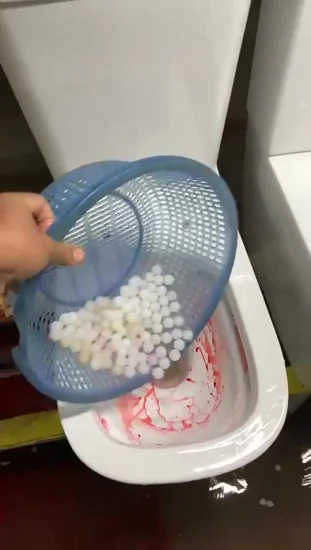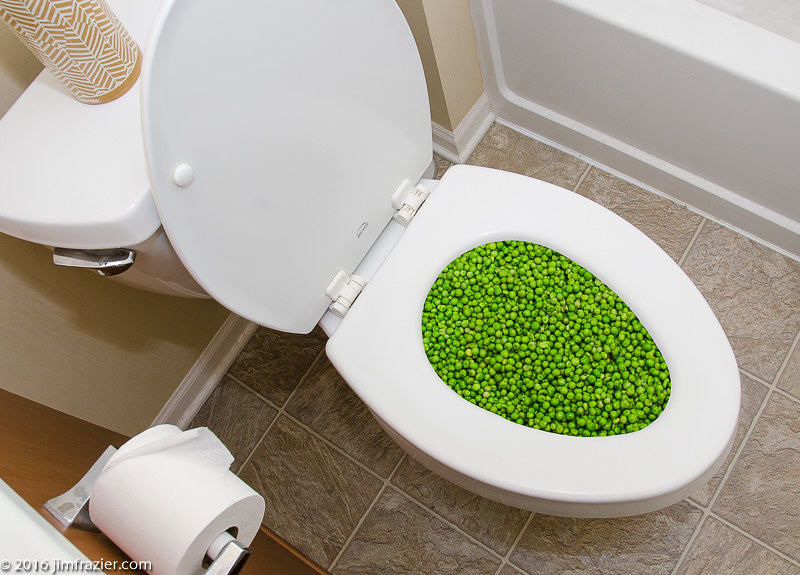Are You Allowed to Dispose of Food Down the Toilet?
Are You Allowed to Dispose of Food Down the Toilet?
Blog Article
Do you find yourself on the lookout for related information involving Is it safe to flush food (especially rice) down the toilet??

Introduction
Many people are frequently faced with the dilemma of what to do with food waste, especially when it comes to leftovers or scraps. One typical concern that develops is whether it's fine to flush food down the toilet. In this short article, we'll delve into the reasons that individuals may think about flushing food, the effects of doing so, and alternate methods for correct disposal.
Reasons people may consider purging food
Lack of recognition
Some individuals might not recognize the prospective injury caused by purging food down the toilet. They might mistakenly believe that it's a safe practice.
Benefit
Purging food down the toilet may appear like a quick and simple remedy to getting rid of undesirable scraps, specifically when there's no nearby trash can offered.
Negligence
In many cases, individuals might merely choose to flush food out of sheer negligence, without thinking about the repercussions of their actions.
Repercussions of flushing food down the bathroom
Environmental impact
Food waste that ends up in rivers can add to contamination and harm marine communities. Additionally, the water utilized to purge food can strain water sources.
Pipes concerns
Flushing food can result in blocked pipes and drains pipes, creating expensive pipes repair services and aggravations.
Types of food that need to not be purged
Fibrous foods
Foods with fibrous structures such as celery or corn husks can obtain tangled in pipes and create obstructions.
Starchy foods
Starchy foods like pasta and rice can absorb water and swell, resulting in obstructions in pipelines.
Oils and fats
Greasy foods like bacon or food preparation oils must never ever be purged down the commode as they can strengthen and create blockages.
Proper disposal methods for food waste
Making use of a waste disposal unit
For homes equipped with waste disposal unit, food scraps can be ground up and purged with the plumbing system. However, not all foods appropriate for disposal in this fashion.
Recycling
Particular food packaging materials can be reused, minimizing waste and minimizing ecological impact.
Composting
Composting is an environment-friendly method to throw away food waste. Organic products can be composted and used to improve soil for horticulture.
The value of proper waste monitoring
Minimizing ecological damage
Correct waste administration techniques, such as composting and recycling, help lessen air pollution and preserve natural resources for future generations.
Shielding plumbing systems
By preventing the technique of flushing food down the commode, property owners can stop pricey pipes repairs and keep the honesty of their pipes systems.
Verdict
In conclusion, while it may be tempting to flush food down the bathroom for benefit, it is very important to recognize the possible repercussions of this activity. By taking on appropriate waste administration practices and throwing away food waste responsibly, people can contribute to much healthier plumbing systems and a cleaner setting for all.
FLUSH FOOD DOWN THE TOILET?
FLUSHING FOOD CAN CAUSE BLOCKED DRAINS IN YOUR HOME
All of the plumbing fixtures in your home are connected to the same sewer pipe outside of your home. This outdoor sewer pipe is responsible for transporting all the wastewater from your home to the Council sewer mains. Even small pieces of food that go down the kitchen sink can cause problems for your sewer. It should therefore be obvious that flushing larger bits of food, such as meat, risks a clog in either the toilet itself or the sewer pipes. Flushing greasy food is even more problematic because oil coagulates when it cools, coating the interior lining of your pipes.
THE TOILET IS NOT A BIN
Food isn’t the only thing that people shouldn’t be flushing down the toilet. People use the toilet to dispose of all kinds of things such as tampons, makeup wipes, dental floss, kitty litter and even underwear. Water goes to great lengths to educate residents about the high costs and stress placed on wastewater treatment systems simply from people flushing the wrong stuff down the toilet. It costs taxpayers millions of dollars each year, and homeowners thousands in blocked drain repairs.
FLUSHING FOOD IS A WASTE OF WATER
Flushing food is a waste of our most precious resource - water. In June this year Level 1 water restrictions were introduced to protect water supply from drought conditions. Much of New South Wales continues to be affected by prolonged drought with recent figures revealing up to 97 per cent of the state remains in drought. Depending on whether you have a single or dual flush toilet, every single flush uses between five and 11 litres of water. In the current climate this is a huge amount of water to be wasting on flushing food that should be placed in the bin (or better yet, the compost).
https://www.jabplumbingsolutions.com.au/blog/can-you-flush-food-down-the-toilet

Do you like more info about Is it safe to flush food (especially rice) down the toilet?? Give a review down the page. We'd be delighted to know your reactions about this content. We hope that you visit us again in the near future. Sharing is caring. Who knows, you might be helping someone out. Many thanks for taking the time to read it.
Click On This Link Report this page